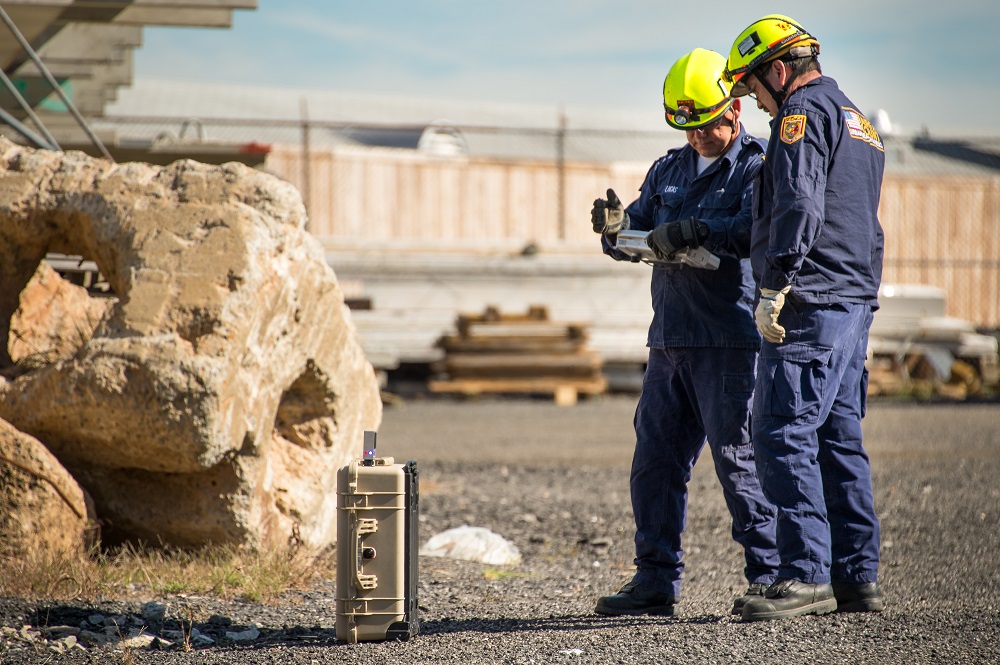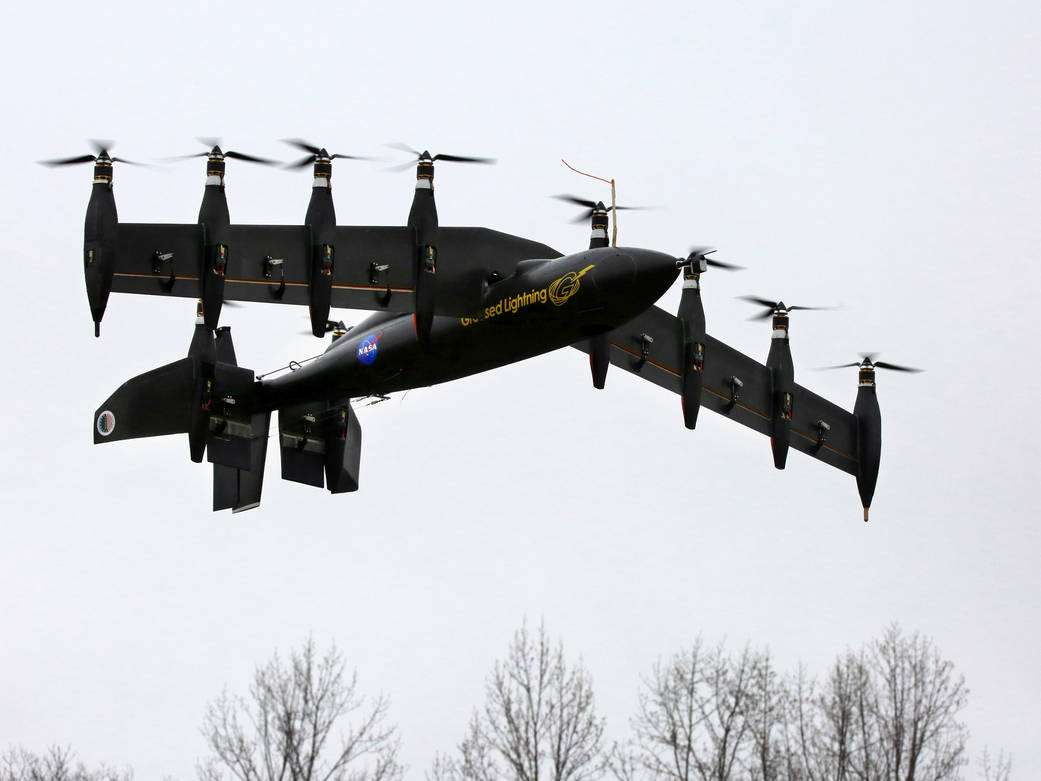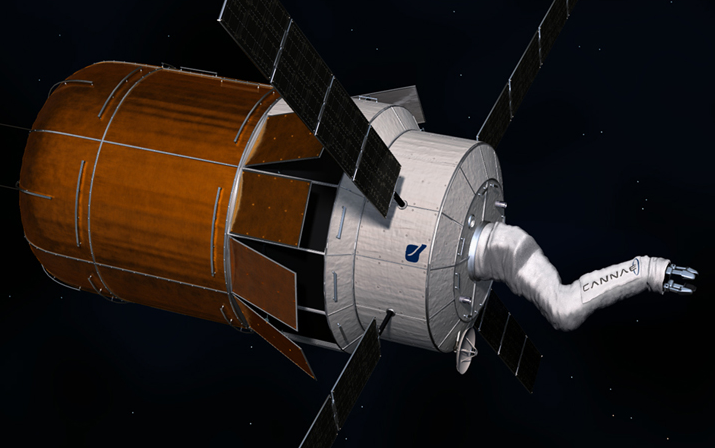National Aeronautics Space Administration (NASA) has been in the forefront of space exploration for civilian applications. From devices that can track humans buried under rubble through their heartbeat and 18-engine copter-planes to devices that break the laws of physics, NASA always has wonder tricks in its bag. Here we discuss the most impressive of such recent innovations by NASA.
Heartbeat detector for disaster rescue

(Image courtesy: Flickr)
NASA has been working on a long-range heartbeat detector for quite some time now, and completed its first successful test in early 2013. Named as Finding Individuals for Disaster and Emergency Response (FINDER), the cabin baggage sized device lets you detect human heartbeat hidden behind 20 feet of solid concrete, buried beneath 30 feet of crushed materials, and even from a distance of about 100 feet in open spaces. The radar-based technology is a joint venture by the NASA Jet Propulsion Laboratory (JPL) and the Department of Homeland Security (DHS) Science and Technology Directorate (S&T).
Working: FINDER uses complex and advanced data processing to pick up faint signals. The sensitive microwave radar technology distinguishes human breathing patterns from other noise, whether or not the person is conscious .
Applications: Originally the device was developed with the aim of exploring other celestial bodies to detect life in them, but has proved to be useful in many more ways. The FINDER has reportedly saved the lives of four people trapped under debris during the Nepal earthquake in April. It can also be used to locate spacecrafts.
10 & 18 engine, battery-powered/electric coptor-planes

Aeroplanes have a good speed and can fly longer, while helicopters are manoeuvrable and require less space for landing. NASA is coming with a vehicle that combines these two factors, that is, an aircraft that can fly faster and longer like an aeroplane, and can take off and land vertically like a helicopter.
10 engines, battery-powered: The recently-tested prototype of battery-powered, remotely-controlled Greased Lightning or GL-10 developed by NASA’s Langley Research Centre has eight electric motors on the wings, two electric motors on the tail, wingspan of 3.05m and weighs 28.1kg. Another major advantage of GL-10 is its reduced noise when taking off and landing. As the next step, the team would demonstrate that GL-10 is four times more aerodynamically efficient in cruise than a helicopter.
18 engines, hybrid, electric-powered: Leading Edge Asynchronous Propellers Technology (LEAPTech) is a program by NASA to develop four-seater aircrafts that travel at 200mph, have 60 per cent less drag and a maximum lift coefficient Clmax of 5.0+. Instead of a single large engine, this design uses 18 tiny engines to blow air directly across the small, lightweight wings. Using electric motors along with slow-turning propellers drastically reduces noise signature. This project started in 2014 as collaboration between NASA Langley Research Centre, ESAero and Joby Aviation.
The “impossible” space engine

(Image courtesy: Cannae)
NASA Eagleworks Lab at the Johnson Space Centre has been working with Cannae LLC to develop, test and commercialise what they call the Cannae Drive (previously Q-drive) technology. It is based on the concept of EmDrive, a system that converts electric power into thrust even without a propellant. A research paper published in July 2014 claims that the team of scientists from NASA successfully tested this system. Many scientists do not believe NASA actually tested this; in their opinion the concept is impossible as it violates the known laws of physics. If true, this microwave thruster could cut the cost of satellites and space stations and extend their working life to a great extent, drive deep-space missions and take space vehicles to Mars in weeks!
The author is a dancer, karaoke aficionado, and a technical correspondent at EFY. Find her on Twitter @AnuBomb.







